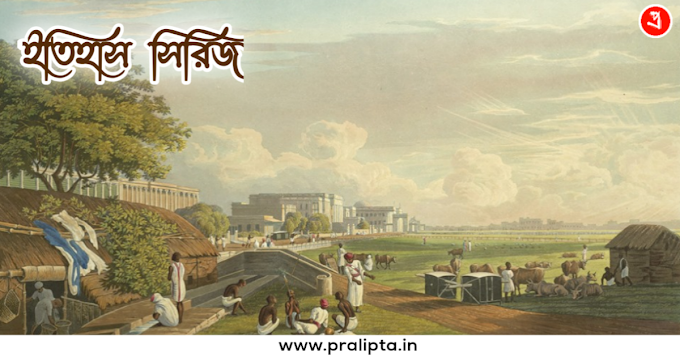The Jagannath Temple in Puri, Odisha, India, is one of the most revered Hindu pilgrimage sites and a significant landmark in the country's cultural and religious landscape. With its captivating architecture and centuries-old traditions, the temple holds a deep historical and spiritual significance. Let's delve into the fascinating history of the Jagannath Temple, tracing its origins, developments, and enduring legacy.
Ancient Origins:
The origins of the Jagannath Temple can be traced back to ancient times, with references to Lord Jagannath (an incarnation of Lord Vishnu) found in the ancient Indian scriptures, including the Mahabharata and the Skanda Purana. However, the exact date of the temple's construction remains a subject of debate among historians.
One popular belief is that King Indradyumna, a legendary ruler of the Malava dynasty, commissioned the temple's construction during the 12th century. According to legend, Lord Jagannath appeared in a dream and guided King Indradyumna to retrieve an image of Lord Vishnu from the sea. The king, aided by the celestial architect Vishwakarma, built the grand temple in Puri to house the divine idol.
Architectural Marvel:
The Jagannath Temple is renowned for its exquisite architecture, reflecting the traditional Kalinga style prevalent in the region. The temple complex covers an extensive area and consists of four main structures: the Vimana (the main sanctum sanctorum), the Jagamohan (the assembly hall), the Natamandira (the dancing hall), and the Bhoga Mandapa (the dining hall).
The main temple tower, known as the Shikara, soars to a height of over 58 meters, making it an awe-inspiring sight. The exterior of the temple is adorned with intricate carvings depicting scenes from Hindu mythology, celestial beings, and religious motifs. The temple's construction primarily utilizes stone, while the sanctum sanctorum is built using a special kind of mineral-rich stone known as chlorite.
Chaitanya Mahaprabhu and the Gajapati King:
During the 16th century, the renowned saint and social reformer Chaitanya Mahaprabhu played a significant role in popularizing the worship of Lord Jagannath and spreading the philosophy of bhakti (devotion) across the region. His teachings inspired a surge of devotees, contributing to the temple's prominence.
Furthermore, the Gajapati Kings of the Ganga dynasty, who ruled over Odisha, played a vital role in the temple's history. They were considered the "adhyasevakas" or the chief servants of Lord Jagannath. The Gajapati Kings not only provided patronage to the temple but also ensured the smooth functioning of its rituals and ceremonies.
Rath Yatra and Chariot Festival:
One of the most famous and grand festivals associated with the Jagannath Temple is the Rath Yatra, also known as the Chariot Festival. This annual event attracts millions of devotees from all over the world. During the festival, the deities of Lord Jagannath, his brother Balabhadra, and sister Subhadra are ceremoniously placed on elaborately decorated chariots and pulled through the streets of Puri by devotees.
The Rath Yatra is deeply rooted in ancient traditions and symbolizes the journey of Lord Jagannath from the temple to the Gundicha Temple, where the deities stay for a week before returning to the main temple. The festival showcases a harmonious blend of spirituality, devotion, and cultural celebrations.
By Pralipta Desk
Picture source: internet























